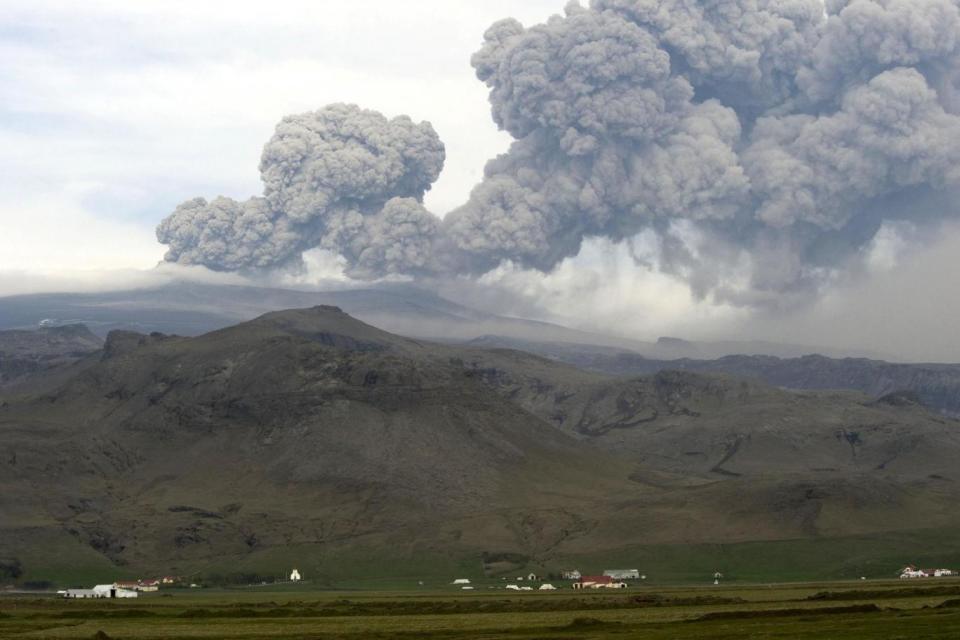Katla volcano: 'We are in no position to predict if Icelandic volcano is about to erupt,' expert says

An academic has disputed the idea that carbon dioxide figures from the Katla Volcano in Iceland indicate an imminent eruption.
However, the connection between this research and eruption claims is tenuous according to one of its authors, Evgenia Ilyinskaya, a research fellow at the University of Leeds, focused on volcanic gases and aerosol particles.
In a Twitter thread, Dr Ilyinskaya wrote: “We are in no position to predict whether Katla is 'about to erupt' or that ‘magma is building up’.”

In regards to magma developing the expert said the study shows “nothing of the sort”.
Dr Ilyinskaya stated that the research did find something “totally unexpected and mind-blowing” about Katla and it may “help forecast its eruptions better in future”.
In a later comment, replying to someone asking her to explain the discoveries in the research, the academic said: “We discovered that Katla volcano emitted huge amounts of CO2 in 2016 and 2017.
"This doesn't tell us whether magma is building up. If there is an increase in the gas output in the future it could be one sign of magma building up.”
Some reports have also linked a potential incident to the Eyjafjallajökull volcanic eruption in April 2010, which caused mass disruption to plane services worldwide, affecting millions of travellers.
Dr Ilyinskaya disputed this suggestion, stating that even if Katla were to erupt it would be unlikely to have such an impact.
She wrote: “The severity of Eyjafjallajökull air traffic disruption was very unusual and unlikely to happen if Katla erupts.”
The journal entry in question, titled ‘Globally significant CO2 emissions from Katla, a subglacial volcano in Iceland’, stated between 12 to 24 kilotons of the gas is released by the volcano each day.
The piece’s “plain language summary” stated: “We discovered that Katla volcano in Iceland is a globally important source of atmospheric carbon dioxide (CO2) in spite of being previously assumed to be a minor gas emitter.”
It went on to state that the volcano was one of the largest volcanic sources of the gas on earth and that this should be considered in the context of climate assessments.
Fellow academic, Magnús Tumi Guðmundsson, a professor in geophysics at the University of Iceland, stated that conclusions regarding the size of a next eruption could not be made from the research.
He wrote on Facebook about the article and stated that there was a misunderstanding of the findings.
Katla is in southern Iceland and has not had a major eruption in 100 years, however there have been minor ones, though these have not broken its ice cover.

 Yahoo News
Yahoo News 